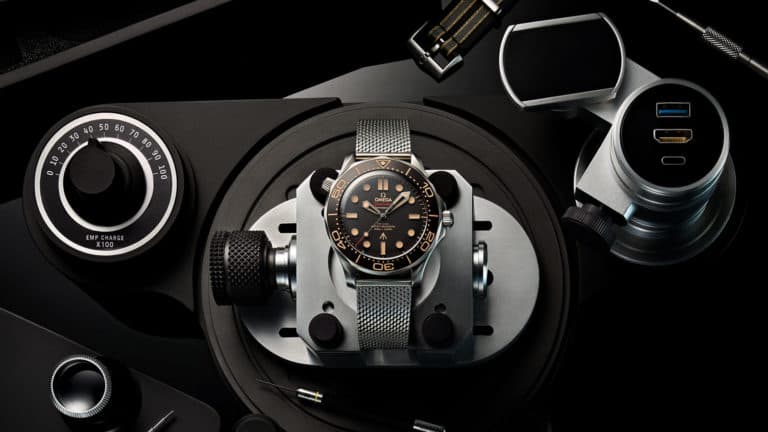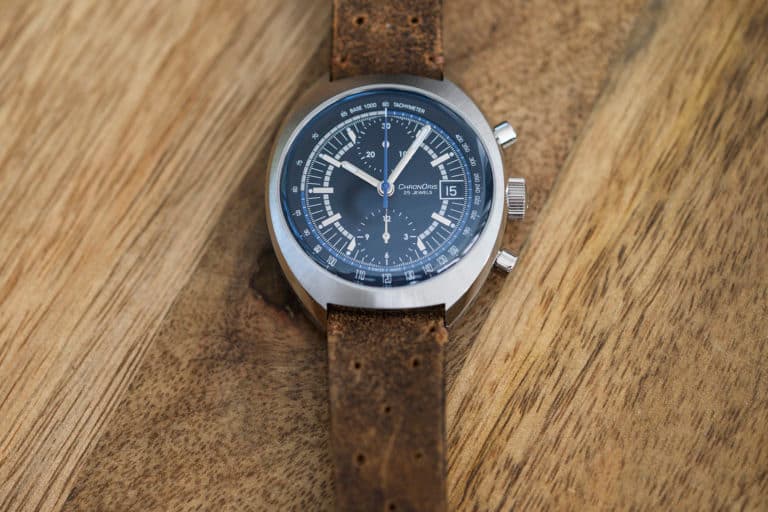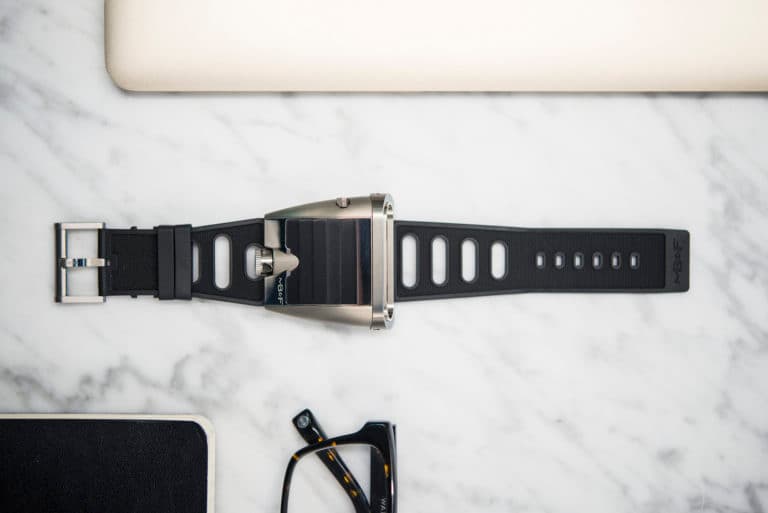When we introduced you to MB&F with this post about their latest table clock, the Octopod, you may have gotten the impression that their productions fall squarely within the retro-futuristic, steampunk realm of mechanical tools/art. While this holds true with their line of Horological Machines and table bound creations, there is a third category that exists to explore what those Horological Machines may have looked like had they been produced in the 19th century. These are called Legacy Machines, and since their introduction in 2014, these watches have served as a more classically styled balance to the hyper-progressive creations found elsewhere in the brand’s stable.
The first Legacy Machine, the LM1, featured dual time zones, as in two separate enameled clock faces within the single dial, and each could be set independently. That alone may not sound entirely unique, but what set the LM1 apart, and continues to be the defining characteristic of Legacy Machines, is the balance wheel suspended over the center of the dial via two large arches. It’s a component we’re used to seeing through an exhibition case back, if at all. Side note, if you’re curious about what a balance wheel is, head over to this article for a primer on how a mechanical watch works.
In 2015, MB&F introduced us to the Legacy Machine’s interpretation of the perpetual calendar complication in the LM Perpetual. Among the stunning architecture of that watch stood the hung balance wheel, but there was something missing compared to earlier LM watches, and indeed all watches, the escape wheel, and impulse jewel. Without these components, the balance appears to be operating independently of the movement. The design of this, along with the rest of the movement, came from independent watchmaker Stephen McDonnell. This unusual detail was easy to miss amongst the drama of the calendar complications sharing real estate on the dial of the LM Perpetual.
With the latest Legacy Machine, the LM Split Escapement, the balance wheel again spins free of the supporting cast of the escapement, and this time McDonnell’s design takes center stage. The large balance beats at a leisurely 2.5 Hz (most modern movements beat at 4 Hz) and is regulated by an escape wheel and anchor via 11.78 millimeter shaft connecting the two between the dial. The separation of the escapement lends to the name of the watch, as it’s split between the dial side and movement side.
The balance wheel sits above a “frosted” dial that can be had in blue, ruthenium, red gold or yellow gold. It’s flanked by 3 enameled subdials that display the time (at 12 o’clock), the date (at 8 o’clock), and the power reserve (at 4 o’clock). The texture of the dial stands in stark contrast to the clean white subdials and polished bridge suspending the balance wheel. Flipping the watch over will reveal a more traditionally finished movement with Geneva waves, beveled internal angles, polished bevels, and of course, copious amounts of hand-finishing.
The LM Split Escapement will be offered in numbered editions of 18 in each of the colorways and the price of nearly $80,000 reflects the scarcity, not to mention the bespoke nature of the watch and its many collaborators (the design came from the incomparable Eric Giroud). It also means finding them in the second-hand market will be a rare occurrence. But you can keep an eye out for one right here anyway.




























